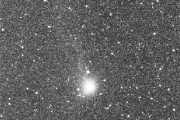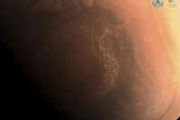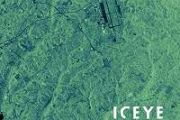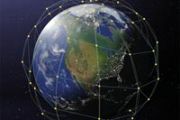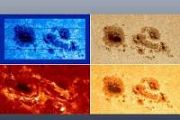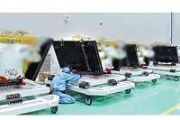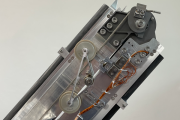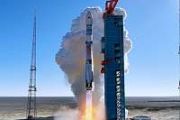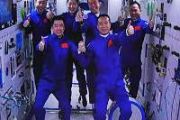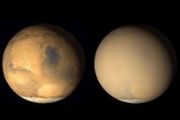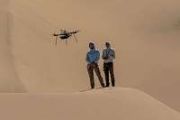
Copernical Team
Space station to host 'self-healing' quantum communications tech demo

A tiny experiment launching to the International Space Station later this year could set the stage for a future global quantum network. Called the Space Entanglement and Annealing QUantum Experiment (or SEAQUE), the milk-carton-size technology demonstration will test two communications technologies in the harsh environment of space.
Quantum computers hold the promise of operating millions of times faster than conventional computers, and distributed quantum sensors may lead to new understandings of Earth and our place in the universe by measuring minute changes in gravity.
NASA rocket launches from Alaska in search of aurora answers

A NASA Black Brant IX sounding rocket soared high out of Poker Flat Research Range north of Fairbanks at 2:27 a.m. Saturday to learn more about pulsating aurora.
The Loss through Auroral Microburst Pulsations, or LAMP, experiment seeks to determine whether the pulsating aurora is connected to another phenomenon called microbursts, higher-energy electrons from the Earth's magnetosphere driven toward Earth in bursts that last about one-tenth of a second. That is faster than the pulsating aurora but similar to the flickering inside the pulsations.
A pulsating aurora looks patchy and occurs within minutes or sometimes hours after the conclusion of a discrete aurora, the familiar curtain-like type of aurora.
The launch had been repeatedly postponed since the Feb. 24 opening of the launch window because scientists needed the right combination of active aurora and good weather at a camera site in Venetie, which is located more than 130 miles north of the range.
Weather and aurora activity improved in recent days. Alexa Halford, space physics researcher at NASA's Goddard Space Flight Center and the experiment's lead investigator, detected pulsating aurora over Venetie early Saturday and determined that launch conditions were favorable.
Solar Orbiter crosses the Earth-Sun line as it heads for the Sun
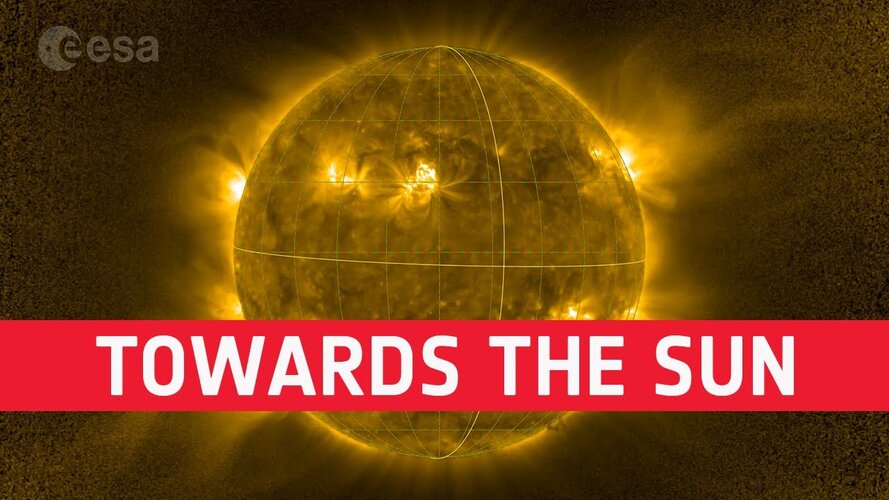
The ESA/NASA Solar Orbiter spacecraft is speeding towards its historic first close pass of the Sun. On 14 March, the spacecraft will pass the orbit of Mercury, the scorched inner planet of our Solar System, and on 26 March it will reach closest approach to the Sun.
How space engineering supports sustainable development
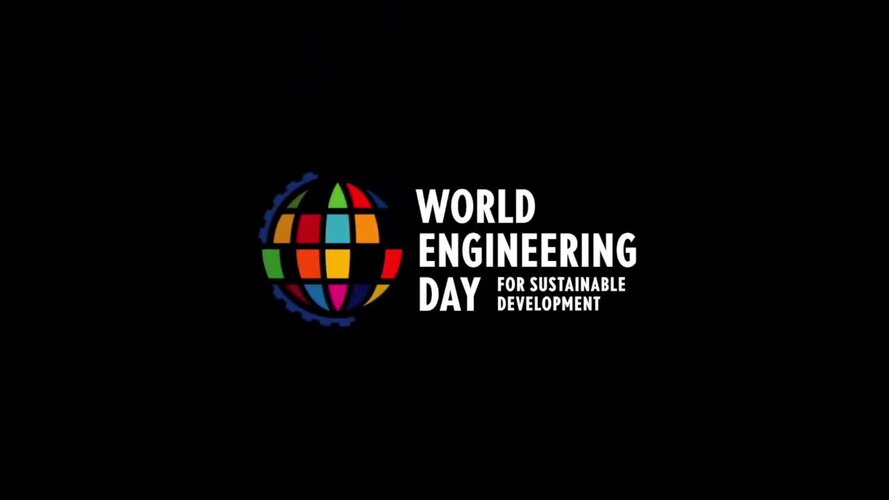
What do artificial hearts, crack-free wind turbines, and pig sewage treatments have in common? Perhaps surprisingly, they have all benefitted from technology developed for space.
Microscopic view on asteroid collisions could help us understand planet formation
 A new way of dating collisions between asteroids and planetary bodies throughout our Solar System's history could help scientists reconstruct how and when planets were born.
The research, which was led by the University of Cambridge, combined dating and microscopic analysis of the Chelyabinsk meteorite - which fell to Earth and hit Microscopic view on asteroid collisions could help us unde
A new way of dating collisions between asteroids and planetary bodies throughout our Solar System's history could help scientists reconstruct how and when planets were born.
The research, which was led by the University of Cambridge, combined dating and microscopic analysis of the Chelyabinsk meteorite - which fell to Earth and hit Microscopic view on asteroid collisions could help us unde Sidus Space teams with Aitech Systems to support LizzieSat constellation
 Sidus Space, Inc. (NASDAQ:SIDU), a Space-as-a-Service satellite company focused on commercial satellite design, manufacture, launch, and data collection is pleased to announce a strategic partnership with Aitech Systems to support LizzieSat Constellation.
Through this partnership, Aitech Systems is developing and delivering custom LizzieSat Command and Data Handling (C&DH) flight computers
Sidus Space, Inc. (NASDAQ:SIDU), a Space-as-a-Service satellite company focused on commercial satellite design, manufacture, launch, and data collection is pleased to announce a strategic partnership with Aitech Systems to support LizzieSat Constellation.
Through this partnership, Aitech Systems is developing and delivering custom LizzieSat Command and Data Handling (C&DH) flight computers Using NB-IoT connectivity to boost hybrid terrestrial-satellite networks
 Alif Semiconductor, a global provider of microcontrollers and fusion processors, and IoT satellite operator OQ Technology have signed a memorandum of understanding (MOU) to collaborate on a narrowband internet-of-things (NB-IoT) solution for hybrid terrestrial satellite networking. Alifs fingertip sized, highly integrated cellular enabled IoT devices will allow users to roam freely between mobil
Alif Semiconductor, a global provider of microcontrollers and fusion processors, and IoT satellite operator OQ Technology have signed a memorandum of understanding (MOU) to collaborate on a narrowband internet-of-things (NB-IoT) solution for hybrid terrestrial satellite networking. Alifs fingertip sized, highly integrated cellular enabled IoT devices will allow users to roam freely between mobil Selecting the right structural materials for fusion reactors
 Do two promising structural materials corrode at very high temperatures when in contact with "liquid metal fuel breeders" in fusion reactors? Researchers of Tokyo Tech, YNU and QST now have the answer. This high-temperature compatibility of reactor structural materials with the liquid breeder-a lining around the reactor core that absorbs and traps the high energy neutrons produced in the plasma
Do two promising structural materials corrode at very high temperatures when in contact with "liquid metal fuel breeders" in fusion reactors? Researchers of Tokyo Tech, YNU and QST now have the answer. This high-temperature compatibility of reactor structural materials with the liquid breeder-a lining around the reactor core that absorbs and traps the high energy neutrons produced in the plasma Sols 3403-3404: Tiptoe to the Pediment
 The terrain continues to challenge us as we make our way up onto the Greenheugh pediment. Monday's drive ended sooner than expected when the rover sensed the road was rockier than anticipated, so it paused to wait for further instructions from Earth. In the mean time, we took advantage of this brief pause to 'sniff' the rock field all around us.
First, we took ChemCam and Mastcam of "Tobar
The terrain continues to challenge us as we make our way up onto the Greenheugh pediment. Monday's drive ended sooner than expected when the rover sensed the road was rockier than anticipated, so it paused to wait for further instructions from Earth. In the mean time, we took advantage of this brief pause to 'sniff' the rock field all around us.
First, we took ChemCam and Mastcam of "Tobar NASA begins assembly of Europa Clipper
 When it's fully assembled, NASA's Europa Clipper will be as large as an SUV with solar arrays long enough to span a basketball court - all the better to help power the spacecraft during its journey to Jupiter's icy moon Europa. And just about every detail of the spacecraft will have been hand-crafted.
The assembly effort is already underway in clean rooms at the agency's Jet Propulsion Lab
When it's fully assembled, NASA's Europa Clipper will be as large as an SUV with solar arrays long enough to span a basketball court - all the better to help power the spacecraft during its journey to Jupiter's icy moon Europa. And just about every detail of the spacecraft will have been hand-crafted.
The assembly effort is already underway in clean rooms at the agency's Jet Propulsion Lab 






